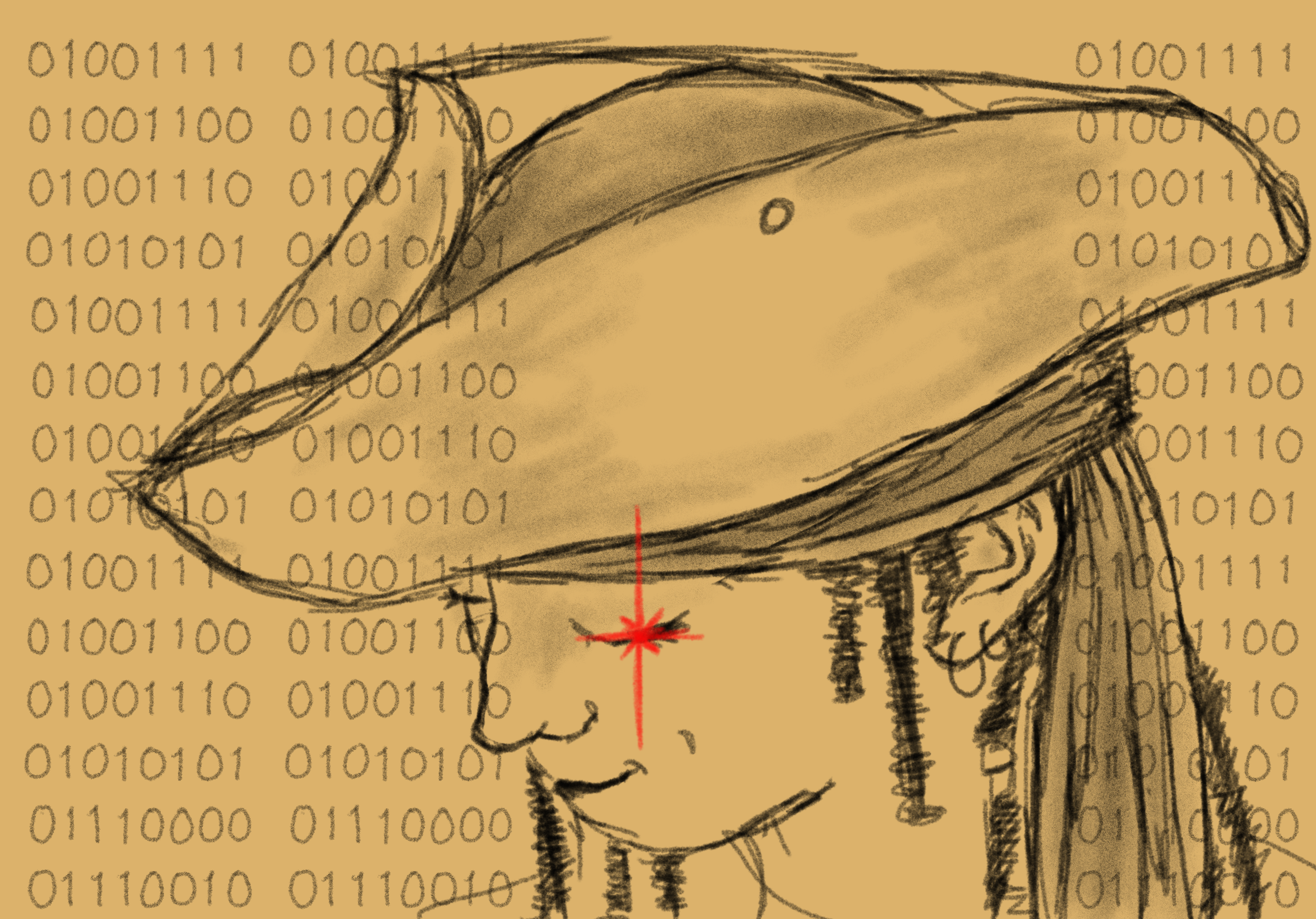


March 8th marks International Women’s Day, a day which is celebrated in various ways across the world. While some countries take this day to celebrate womens’ achievements, or to have different conversations about the importance of taking intersectionality into account, this day looks very different in Mexico.
The year 2020 marked an important start in the way the Women’s March was carried out. Since then, the main focus of the march was to protest gendered violence and inequality, but more so the femicides that had been increasing at an alarming rate. The numbers continue to get higher to this day.
The systematic impunity, as well as the government’s inability to recognize or even acknowledge the high rates, is not only alarming but infuriating.
Approximately 10 women are killed every day in Mexico, and 2022 marked the most violent year, with a record of 2,807 of women murdered.
Many people, both from within and outside Mexico, have criticized the way the Fourth Wave of Feminism is being carried out in the country. The most notable critique is the looting and raiding that the protesters have taken part in at major city monuments. Furthermore, a sector of the protestors known as “Bloque Negro” or “Black Sector” — a group of women who covered their faces and wear only black — have been misrepresented in the media as “violent, anarchists, and extremists.” However, their job in the protest is to protect the women who are marching, against the irrational police violence used against perpetrators.
Another critique is the men’s presence (or lack thereof) in the march. Unlike many other feminist marches across the world, the Women’s March in Mexico is “for women and by women.”
“It is ironic to allow men to march with us. We don’t know their intentions and we want to feel safe. We ask men to take this day to reflect on the systematic gendered violence and attitudes that reinforce it.”
This is what a friend, who is an organizer of a sector in the protest, said about men’s presence in the protest. Furthermore, she went on to add:
“Unlike other parts of the world, especially in the West, not everyone [men in particular] can call themselves a feminist in Mexico. This has solely to do with the historical reasons [gender violence and machismo] that have prevailed and continue to do so, in the country.”
This appears to be a common thought and attitude from women who consider themselves part of the Fourth Wave of Feminism in the country. Nonetheless, it is important to note the way in which intersectionality plays a role.
Intersectionality — that is, the inclusion of transgender women, Indigenous women, and more broadly, women from marginalized groups in the country — has only recently led to increased conversation about these womens’ place in the march.
Mexico is a country with a large population, many of whom (if not. the majority) have conservative and Catholic ideas/values, with only a relatively small percentage of the younger population stirring away from that. And, although the country has advanced in some aspects — such as allowing legal same-sex marriage in all states — it has a long way to go, and many of the population are still holding back from accepting and tolerating different views.
This year, however, marginalized groups made a stronger appearance in the march, which included a transgender women’s block and an Indigenous women’s block. Both groups face disproportionate discrimination and gendered violence in the country.
Another important component of the Fourth Wave in Mexico, is what we call “Un día sin nosotras,” or “A day without us.” This day, usually March 9th, is a day in which women and girls purposely “disappear” for the day; no work, no school, no going out. This only began in 2020, and has also sparked controversy across the population.
This began as a way to protest what the world would look like without us, as a response to the increasing murders against women, but more so, the disproportionate numbers in which women remain missing and the government continues to be incompetent in taking action. Schools took the day to teach men about gender violence and to reflect upon it, while many workplaces followed similar agendas, not everyone was accepting of it.
Still, the message remained strong, and continues to do so. Though it is important to remark that not every woman has the privilege to miss work or school, the day continues to have an impact.
So, whenever someone says “Happy International Women’s Day!” we don’t all take it as something to be celebrated. Ana Mar Picazo, a Mexican student at UBCO and fellow writer at The Phoenix News, said what the march meant for her:
“Women’s day is not a cause for celebration in Mexico. It’s a day to mourn the lives of all the girls that never made it back home, a day to remember all the women that reported their aggressor and didn’t live to see justice be made. More than that though, it’s a day to make our voices heard, to let everyone know that we will not stand idle as someone’s sister, daughter or mother is taken as a consequence of a misogynistic system endemic to our culture.”




